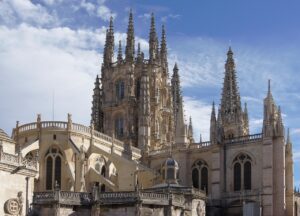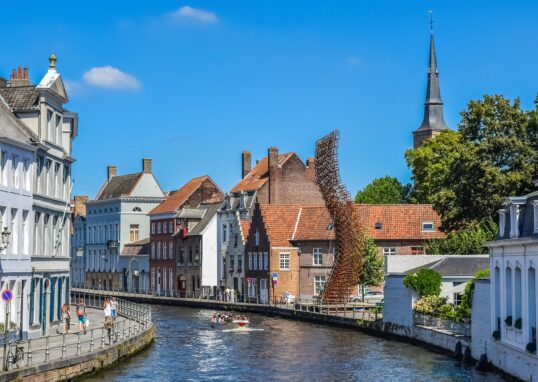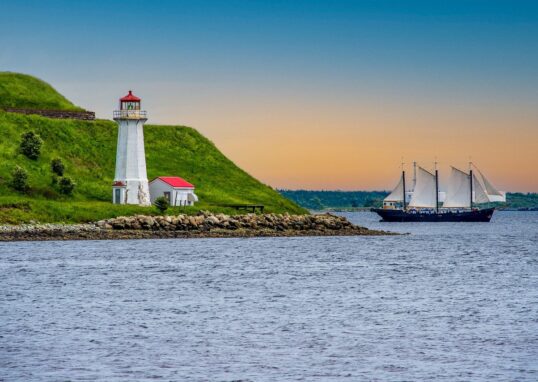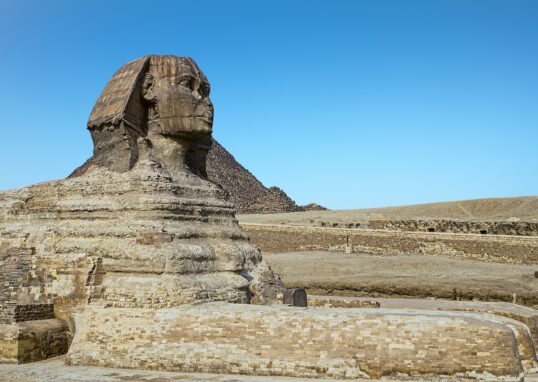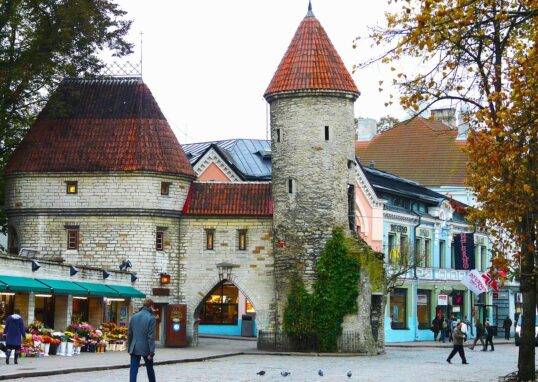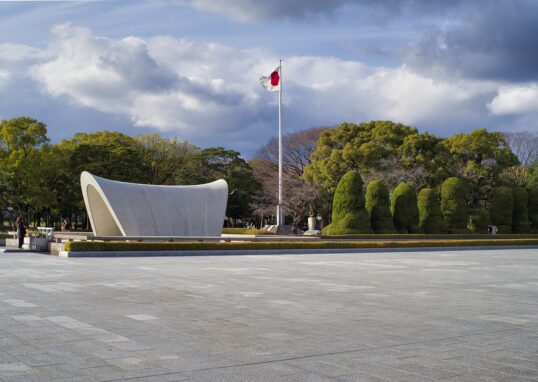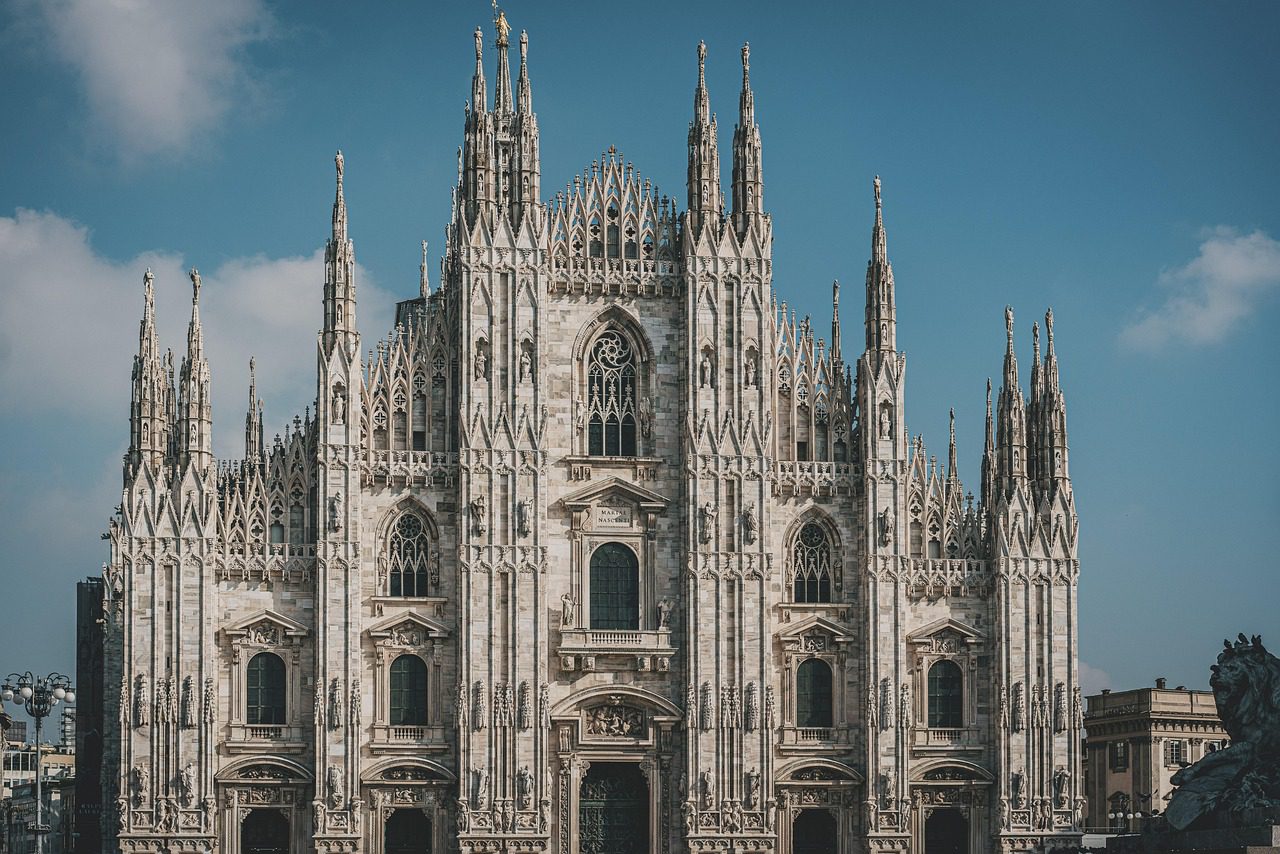
Burgos Cathedral – A Gothic Masterpiece of Spain
Burgos Cathedral is one of Europe’s most beautiful cathedrals. It stands in the historic city of Burgos, in northern Spain. The cathedral is famous for its Gothic majesty and religious atmosphere. It has been a UNESCO World Heritage Site since 1984. The cathedral tells stories of art, history, and religion through its exquisite architecture. Burgos Cathedral, Catedral de Santa María de Burgos, is a cathedral in honor of the Virgin Mary. It was begun in 1221, during the reign of King Ferdinand III of Castile. It was modeled on the great French cathedrals of Reims and Amiens. It took more than 300 years to complete the structure. Over the centuries, several architects worked on the cathedral, so it became a blend of styles. Although Gothic is the dominant design, Renaissance and Baroque elements are also present today. Creativity and devotion can be felt in every nook of the cathedral.
Historical Background
The Romanesque church that already stood on the site was too small for the growing population and the city’s newfound political importance. King Ferdinand III and Bishop Mauricio decided to build a larger and more impressive cathedral. They wanted it to mirror Castile’s spiritual strength and wealth. Construction began in 1221. The first phase of construction continued until the 14th century. Later additions in the 15th and 16th centuries gave the cathedral its famous spires, chapels, and embellishments. Over the centuries, Burgos Cathedral survived wars, fires, and weather damage. But it still stands, a testament to perseverance and faith.
Architectural Style and Design
Burgos Cathedral is one of Spain’s best examples of Gothic architecture. It was modeled after French Gothic cathedrals, but Spanish architects gave it unique Spanish flavor.
Exterior
The first thing that strikes individuals are the two tall, slender spires that rise high over the city. They are elegant and profusely decorated, like lace made of stone. These spires were added in the 15th century by architect Juan de Colonia and his son Simon. They give the cathedral its distinctive skyline. The main façade, the Puerta del Perdón (Door of Forgiveness), is profusely carved with scenes of the life of Christ and the Virgin Mary. A large rose window above the doorway lets colored light into the interior. Another stunning element is the Golden Staircase (Escalera Dorada), created by Diego de Siloé in the 16th century. It connects the main floor to the street level and glows with gold color and Renaissance intricacy.
Interior
The sunlight passing through the glass infuses the interior with an ethereal light. The choir stalls are richly carved in dark wood and depict biblical scenes. The main altar is a Renaissance work of art. There are several chapels as well, each one adorned by noble Burgos families. The chapels are little churches within the cathedral. They contain tombs, paintings, and sculptures by the best artists of their time. One of the most famous is the Chapel of the Constables of Castile (Capilla del Condestable). It was built in the 15th century and is a masterpiece of Spanish Gothic art. The chapel contains marble tombs, stained glass windows, and a beautiful star-shaped dome.
Religious and Cultural Significance
Burgos Cathedral has been a religious center for over eight centuries. It remains the primary church of the Roman Catholic Archdiocese of Burgos. Various significant events were held here — royal marriages, funerals, and ceremonies. The cathedral contains relics and sacred artwork indicative of the people’s profound devotion. It is also a symbol of harmony between art and religion. Every sculpture, column, and chapel expresses the relation between heaven and earth. Pilgrims on the Camino de Santiago, the famous Way of St. James, often stop to pray.
The Tomb of El Cid
One of the most famous features of Burgos Cathedral is the tomb of El Cid (Rodrigo Díaz de Vivar) and his wife, Doña Jimena. El Cid was a renowned Spanish knight and hero of the Reconquista. He was born near Burgos and was an emblem of Spanish bravery. His life inspired many stories and poems, including El Cantar de Mio Cid. Their remains were transferred to the cathedral in the 20th century and are now entombed under the great dome. Visitors from all over the world come to pay respects to this national hero.
Art and Sculpture
The Burgos Cathedral is as much a museum of art as it is a religious institution. The façade sculptures, interior carvings, and altarpieces constitute some of the best medieval and Renaissance artwork in Spain. The Sarmental Portal, in the south, is one of the best examples in Europe of Gothic sculpture. It shows Christ surrounded by the Evangelists and apostles. Each figure is expressive and detailed. The cloisters and choir are also full of beauty. In the cloisters, one can see tombs of nobles and bishops, surrounded by carvings of stone and peaceful gardens. The cathedral museum contains gold and silver religious ornaments, paintings, and manuscripts. These treasures all tell the story of Burgos through art.
Restoration and Preservation
Because of old age and the delicate nature of its construction, there have been many restorations of Burgos Cathedral. Weathering and pollution over time have caused the stone carvings to wear away. There have been many restoration works carried out since the 19th century. Every restoration aimed to clean, restore, and protect the building without modifying its original beauty. Modern technology is utilized in today’s maintenance of the cathedral. Experts regularly monitor the stonework, glass, and roof closely. This enables future generations to see this work of art.
Visitor Experience
Guided tours are available that describe the history, architecture, and art. One can also ascend the towers for a panoramic view of Burgos city. The sight of red-tiled roofs and ancient streets from above is breathtaking. The interior tour includes the main nave, the cloister, and the various chapels. There are also multimedia displays explaining the building of the cathedral. The cathedral is open daily, but the hours vary depending on the time of year. There is a small admission fee that is used for maintenance.
Cultural Events and Religious Festivals
Throughout the year, there are cultural events and religious festivals in the cathedral. One of the most important is Holy Week (Semana Santa), during which processions and prayers engulf the city. Another major event is the Feast of St. Peter and St. Paul in June, which is celebrated through music, lights, and traditional dances. These events bring together faith and culture, continuing the centuries-old tradition of community life in the cathedral.
UNESCO World Heritage Recognition
In 1984, the Burgos Cathedral was designated a World Heritage Site by UNESCO. This was due to its exceptional Gothic architecture, history, and artistry. UNESCO termed it a “masterpiece of human creative genius.” The recognition ensures its protection and preservation under international law.
Surrounding Places and Attractions
Burgos Cathedral is located in the center of Burgos, a historic city in the province of Castile and León in northern Spain. Around the cathedral, there are several nice and culturally important sites to be seen.
Plaza del Rey San Fernando
Right in front of the cathedral is Plaza del Rey San Fernando, a lively square that is Burgos’ main meeting place. The square is surrounded by cafes, restaurants, and shops that provide it with a friendly atmosphere. Visitors can sit on the benches, sip coffee, and admire the wonderful view of the façade of the cathedral.
Arco de Santa María
Within walking distance is the Arco de Santa María, one of the city gates of old. It was built in the 14th century and later refurbished in Renaissance style. The gate is decorated with figures of prominent individuals such as Emperor Charles V and El Cid. A small museum within tells the story of Burgos’s medieval past.
Museum of Human Evolution
One of the more recent additions near the cathedral is the Museum of Human Evolution (Museo de la Evolución Humana). It houses fossils and archaeological remains from the Atapuerca sites, which are some of the earliest human remains discovered in Europe. The museum showcases the story of human ancestors in a very interactive and informative way.
Monastery of Las Huelgas
Near the cathedral is the Monastery of Las Huelgas, a royal Cistercian convent founded in the 12th century that was home to queens and noblewomen. The monastery contains beautiful cloisters, tombs, and tapestries and is an active religious community.
Cartuja de Miraflores
The Miraflores Charterhouse, about 3 km from the city center, is another site that one cannot afford to miss. It is a peaceful monastery surrounded by greenery. One can see here the beautiful tombs of King John II and Queen Isabella of Portugal, parents of Isabella the Catholic. The tombs are alabaster sculptural masterpieces.
Paseo del Espolón
To take a leisurely walk, visitors can walk along the Paseo del Espolón, a riverside walkway that is lined with trees. The path is decorated with fountains, statues, and flowers. It’s a great place to absorb the city’s atmosphere and watch locals as they conduct their daily activities.
Atapuerca Archaeological Site
At about 15 km to the east of Burgos, the Archaeological Site of Atapuerca is one of the world’s most significant prehistoric sites. In this site, archaeologists have excavated early human fossils over a million years old. The site is also a UNESCO World Heritage Site. The site offers guided tours with information about human evolution and life in the distant past.
Burgos Castle (Castillo de Burgos)
On a hill dominating the cathedral stands the Burgos Castle, originally built in the 9th century. While partly ruined, it offers a good panoramic vista of the city and surrounding countryside. There is also a small museum outlining its military history and underground tunnels to explore.
Plaza Mayor
The Plaza Mayor is the hub of modern Burgos. It’s lively, surrounded by colored buildings and shops that deal in local products. The square hosts markets, fiestas, and open-air concerts, especially during summer.
Sierra de la Demanda
Nature enthusiasts have the nearby Sierra de la Demanda Mountains for trekking, cycling, and inhaling fresh air. The region also has small villages with traditional homes and local cuisine.
Conclusion
Burgos Cathedral is not just a building. It’s a living witness to Spain’s history, art, and faith. Its towers loom over the city as a witness to human genius and devotion. From its intricate sculptures to its peaceful chapels, every part of the cathedral has a tale to share. And with so many wonderful sites surrounding it — from medieval monasteries to bustling plazas — a visit to Burgos becomes an adventure in time and beauty. For the historian, architecture lover, or spiritually inclined, Burgos Cathedral and city offer something that no visitor can ever forget.

